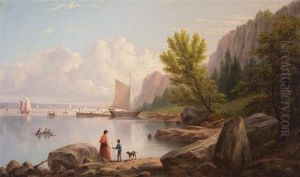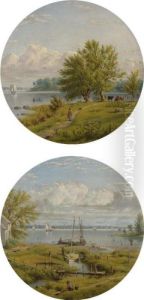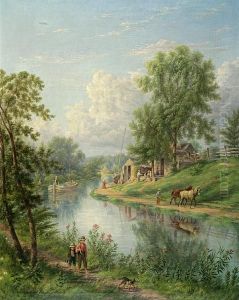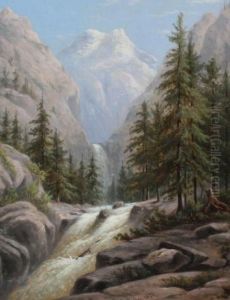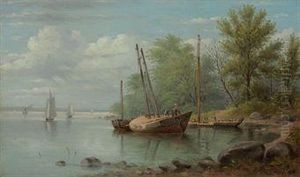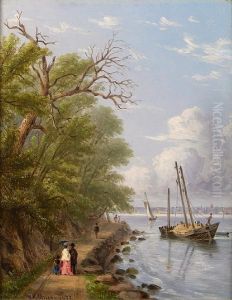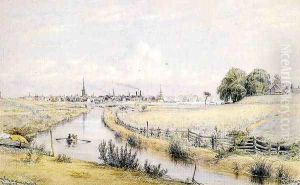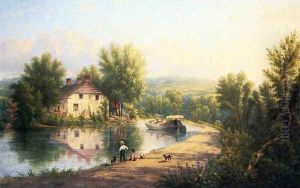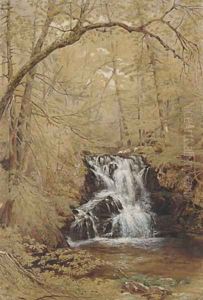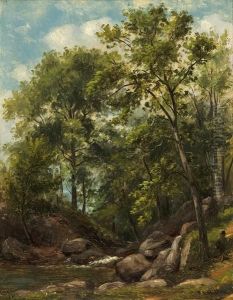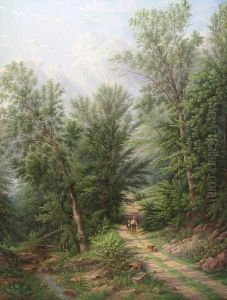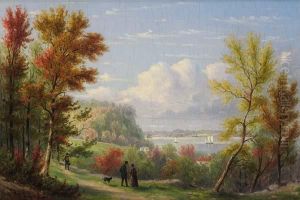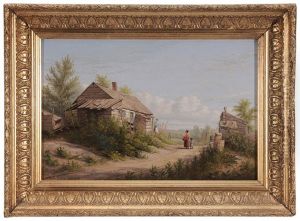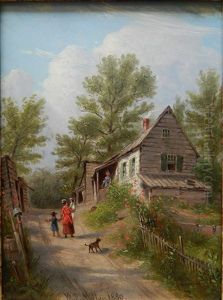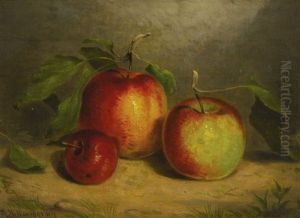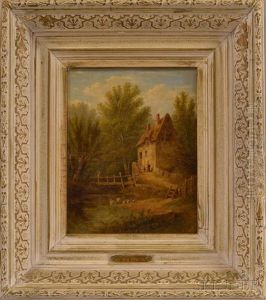William Rickarby Miller Paintings
William Rickarby Miller was an English-born American artist known for his landscape paintings, particularly watercolors. Born in 1818 in England, Miller's early life and artistic training are not widely documented, but it is known that he emigrated to the United States in the 1840s, settling in New York City.
In America, Miller became associated with the Hudson River School, a mid-19th century American art movement embodied by a group of landscape painters who were inspired by romanticism. The Hudson River School artists were known for their realistic and detailed portrayals of the American landscape, particularly the Hudson River Valley and the surrounding region. Although Miller was not as prominent as other artists in the group like Thomas Cole or Frederic Edwin Church, his works still reflect the influence of this movement.
Miller's watercolor landscapes are characterized by their attention to detail, gentle coloration, and serene depiction of natural scenes. He often painted the northeastern United States, capturing the changing seasons and the quiet beauty of rural areas. His works were appreciated for their tranquility and the sense of calm they evoked, which was a contrast to the rapid industrialization and urbanization happening during his time.
Despite his skills and the quality of his work, William Rickarby Miller did not gain the same level of fame as some of his contemporaries. However, his paintings have been collected and exhibited posthumously, allowing for a greater appreciation of his contributions to American art.
Miller's career spanned several decades, and throughout his life, he exhibited at various institutions, including the National Academy of Design. He passed away in 1893, leaving behind a body of work that continues to be of interest to collectors and historians of American art.




